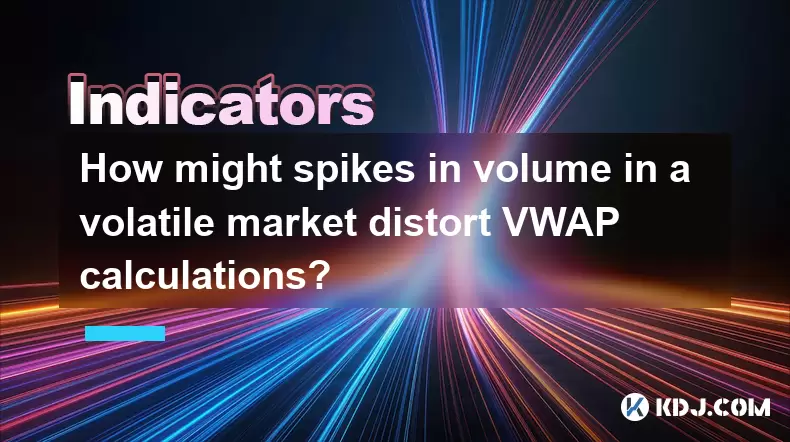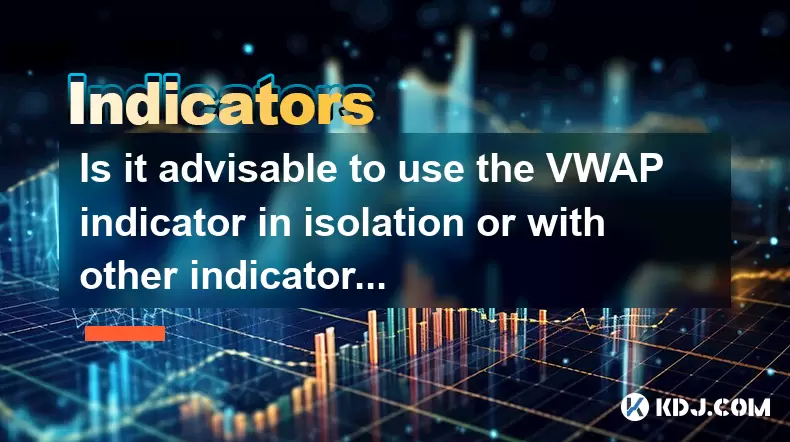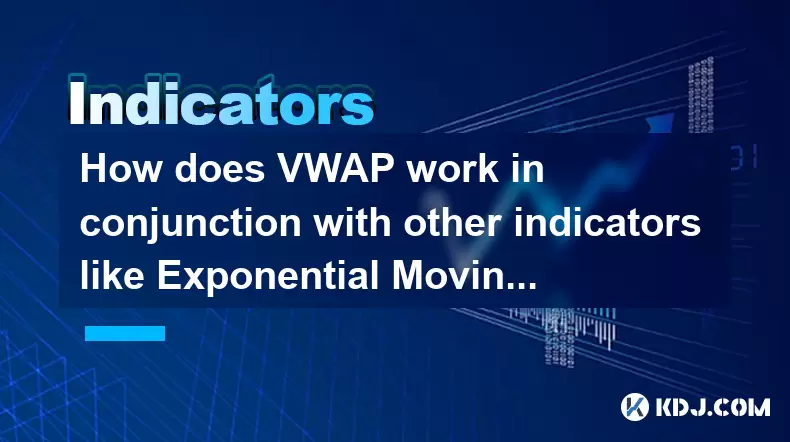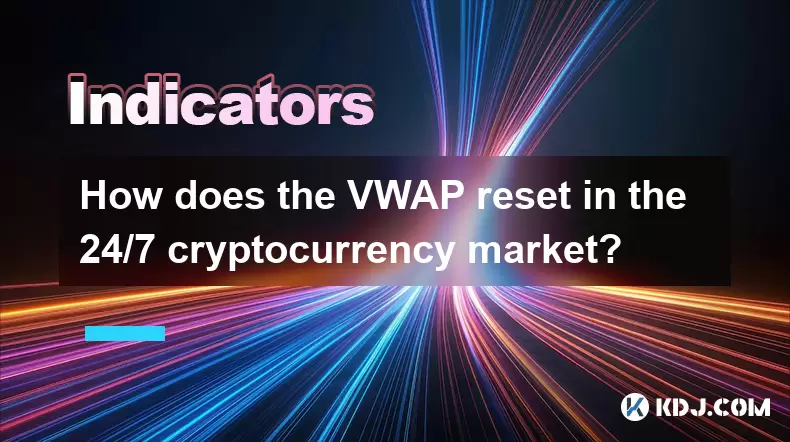-
 Bitcoin
Bitcoin $117700
-0.03% -
 Ethereum
Ethereum $3805
0.49% -
 XRP
XRP $3.098
-1.00% -
 Tether USDt
Tether USDt $1.000
0.03% -
 BNB
BNB $792.8
-1.72% -
 Solana
Solana $177.9
-1.95% -
 USDC
USDC $1.000
0.02% -
 Dogecoin
Dogecoin $0.2202
-1.55% -
 TRON
TRON $0.3278
-2.92% -
 Cardano
Cardano $0.7641
-2.43% -
 Hyperliquid
Hyperliquid $42.21
-2.68% -
 Sui
Sui $3.758
-1.58% -
 Stellar
Stellar $0.4080
-3.21% -
 Chainlink
Chainlink $17.75
-0.33% -
 Bitcoin Cash
Bitcoin Cash $591.8
4.96% -
 Hedera
Hedera $0.2561
-3.09% -
 Avalanche
Avalanche $23.34
-4.24% -
 Litecoin
Litecoin $110.7
1.96% -
 UNUS SED LEO
UNUS SED LEO $8.956
-0.01% -
 Toncoin
Toncoin $3.410
0.79% -
 Ethena USDe
Ethena USDe $1.001
0.03% -
 Shiba Inu
Shiba Inu $0.00001288
-1.82% -
 Uniswap
Uniswap $10.07
-2.06% -
 Polkadot
Polkadot $3.807
-2.27% -
 Monero
Monero $308.2
-2.15% -
 Dai
Dai $1.000
0.03% -
 Bitget Token
Bitget Token $4.521
-0.30% -
 Pepe
Pepe $0.00001134
-1.52% -
 Cronos
Cronos $0.1457
0.65% -
 Aave
Aave $274.9
-2.47%
How is the WMA indicator calculated in cryptocurrency trading?
The Weighted Moving Average (WMA) emphasizes recent prices, making it ideal for spotting trends in volatile crypto markets like Bitcoin and Ethereum.
Jul 30, 2025 at 02:35 pm

Understanding the Weighted Moving Average (WMA) in Cryptocurrency Trading
The Weighted Moving Average (WMA) is a technical analysis tool widely used in cryptocurrency trading to identify trends by assigning greater importance to recent price data. Unlike the Simple Moving Average (SMA), which treats all data points equally, the WMA emphasizes recent prices, making it more responsive to new market information. This sensitivity is particularly valuable in the fast-moving crypto markets, where prices can shift dramatically in short periods.
In cryptocurrency trading, the WMA helps traders detect momentum changes and potential reversal points. Because digital assets like Bitcoin (BTC) and Ethereum (ETH) often exhibit high volatility, using a WMA can provide clearer signals than slower indicators. The calculation process ensures that the most recent closing prices have a higher multiplier, thus influencing the average more significantly.
Step-by-Step Calculation of the WMA
To compute the WMA for a given period, such as 5 days, traders follow a mathematical formula that incorporates weighted values. The general formula is:
WMA = (Price₁ × Weight₁ + Price₂ × Weight₂ + ... + Priceₙ × Weightₙ) / Sum of Weights
For example, in a 5-day WMA:
- The most recent price receives a weight of 5
- The previous day gets a weight of 4
- This pattern continues down to the oldest price in the window, which gets a weight of 1
The sum of weights for a 5-day period is 1+2+3+4+5 = 15.
- Multiply each day's closing price by its corresponding weight
- Sum all the weighted prices
- Divide the total by the sum of the weights (15 in this case)
This process ensures that recent price movements have a stronger impact on the resulting average, allowing traders to react faster to emerging trends.
Applying WMA in Crypto Charting Platforms
Most cryptocurrency trading platforms, such as TradingView, Binance, or CoinGecko Pro, allow users to apply the WMA directly on price charts. To add the indicator:
- Open the chart for a specific cryptocurrency pair (e.g., BTC/USDT)
- Click on the “Indicators” button
- Search for “Weighted Moving Average”
- Select the desired period (common choices are 10, 20, or 50)
- Adjust the color and line thickness for visibility
Once applied, the WMA line appears overlaid on the price chart. Traders can compare the current price relative to the WMA line to assess trend direction. If the price is above the WMA, it may indicate an uptrend; if below, a downtrend. Crossovers between price and WMA, or between multiple WMA lines, are often interpreted as potential entry or exit signals.
Using WMA for Trading Signals in Volatile Markets
In cryptocurrency trading, where volatility is a constant factor, the WMA can generate timely signals. One common strategy involves using two WMA lines with different periods. For instance:
- A short-term WMA (e.g., 10-period)
- A long-term WMA (e.g., 30-period)
When the short-term WMA crosses above the long-term WMA, it may signal a bullish trend. Conversely, a cross below may indicate a bearish trend. These crossovers are known as WMA golden and death crosses, respectively.
Another application involves combining WMA with volume or RSI indicators to confirm momentum. For example, if the price crosses above the 20-day WMA on high trading volume, it strengthens the validity of a breakout. Traders often set alerts on platforms to notify them when such crossovers occur, enabling quick decision-making.
Customizing WMA for Different Timeframes
The effectiveness of the WMA depends on the timeframe used. Day traders might prefer shorter periods like 5 or 10 to capture rapid movements, while swing traders may opt for 20 or 50 to smooth out noise. The choice of period affects how sensitive the WMA is to price changes.
To customize WMA settings:
- Determine your trading strategy (scalping, day trading, or position trading)
- Choose a period that aligns with your holding duration
- Test different lengths using backtesting tools available on platforms like TradingView
- Observe how the WMA reacts during known market events (e.g., Bitcoin halving, ETF announcements)
Some traders also use multiple WMA lines simultaneously to identify dynamic support and resistance levels. For example, during an uptrend, the price may pull back to touch the 10-day WMA before resuming upward, suggesting the WMA acts as a temporary support.
Common Mistakes When Using WMA in Crypto Trading
Despite its usefulness, the WMA is sometimes misapplied. One frequent error is relying solely on WMA crossovers without confirming with other indicators. Cryptocurrency markets are prone to false signals due to sudden news or whale movements. A crossover might occur during a short squeeze, only to reverse moments later.
Another mistake is using an inappropriate period for the trading style. A 50-day WMA may be too slow for a 5-minute chart, causing delayed reactions. Conversely, a 5-period WMA on a weekly chart may produce excessive noise.
Traders should also avoid adjusting WMA settings too frequently based on recent performance, a behavior known as curve-fitting. Instead, they should establish a consistent methodology and validate it across multiple assets and market conditions.
Frequently Asked Questions
What is the difference between WMA and EMA in crypto trading?
The Weighted Moving Average (WMA) assigns linearly decreasing weights to older prices, while the Exponential Moving Average (EMA) applies exponentially decreasing weights. EMA reacts even faster to recent prices than WMA, making it more sensitive. However, WMA provides a balanced approach between responsiveness and smoothing.
Can WMA be used on non-closing price data?
Yes, although WMA is typically calculated using closing prices, some traders apply it to open, high, or low prices for specific strategies. For example, a WMA of daily highs might help identify resistance levels. However, closing prices are preferred because they reflect the final market consensus for the period.
How do I calculate a 7-day WMA manually?
To calculate a 7-day WMA:
- Assign weights from 1 to 7, with day 7 being the most recent
- Multiply each day’s closing price by its weight
- Sum all weighted prices
- Divide the total by the sum of weights (1+2+3+4+5+6+7 = 28)
The result is the 7-day WMA value for that period.
Is WMA suitable for all cryptocurrencies?
WMA can be applied to any cryptocurrency, but its effectiveness varies with liquidity and volatility. Major coins like BTC and ETH tend to produce more reliable WMA signals due to higher trading volume. Low-cap altcoins with erratic price action may generate misleading signals, requiring additional confirmation tools.
Disclaimer:info@kdj.com
The information provided is not trading advice. kdj.com does not assume any responsibility for any investments made based on the information provided in this article. Cryptocurrencies are highly volatile and it is highly recommended that you invest with caution after thorough research!
If you believe that the content used on this website infringes your copyright, please contact us immediately (info@kdj.com) and we will delete it promptly.
- LYNO Token Presale: AI Arbitrage Revolution in DeFi
- 2025-07-31 05:11:11
- Pepecoin Successors: Can These Cryptocurrencies Make You a Millionaire?
- 2025-07-31 05:50:12
- AML Bitcoin Fraud: Cracking Down on Crypto Crime in the Big Apple and Beyond
- 2025-07-31 04:33:53
- Cardano (ADA) in 2025: Navigating Crypto's Future
- 2025-07-31 03:52:07
- Solana Meme Coin Price Prediction: Will the Frog Outleap the Dog?
- 2025-07-31 03:52:07
- Bitcoin's Bullish Outlook: CryptoQuant's Insights on Futures Market Cooling
- 2025-07-31 03:59:10
Related knowledge

How to identify sell signals with the AVL indicator?
Jul 31,2025 at 07:09am
Understanding the AVL Indicator and Its Core ComponentsThe AVL indicator, also known as the Accumulation Volume Line, is a volume-based technical anal...

How does the VWAP line help in identifying overbought and oversold market conditions?
Jul 31,2025 at 05:19am
Understanding the VWAP Line and Its Role in Technical AnalysisThe Volume Weighted Average Price (VWAP) is a critical tool used by traders within the c...

How might spikes in volume in a volatile market distort VWAP calculations?
Jul 31,2025 at 07:40am
Understanding VWAP and Its Core ComponentsVWAP, or Volume-Weighted Average Price, is a trading benchmark that gives the average price a cryptocurrency...

Is it advisable to use the VWAP indicator in isolation or with other indicators?
Jul 31,2025 at 06:48am
Understanding the VWAP Indicator and Its Core FunctionalityThe Volume Weighted Average Price (VWAP) is a widely used technical analysis tool in the cr...

How does VWAP work in conjunction with other indicators like Exponential Moving Averages (EMAs)?
Jul 31,2025 at 04:38am
Understanding VWAP and Its Role in Crypto TradingThe Volume Weighted Average Price (VWAP) is a critical analytical tool in cryptocurrency trading, par...

How does the VWAP reset in the 24/7 cryptocurrency market?
Jul 31,2025 at 06:38am
Understanding VWAP in Cryptocurrency MarketsThe Volume Weighted Average Price (VWAP) is a trading benchmark that calculates the average price of an as...

How to identify sell signals with the AVL indicator?
Jul 31,2025 at 07:09am
Understanding the AVL Indicator and Its Core ComponentsThe AVL indicator, also known as the Accumulation Volume Line, is a volume-based technical anal...

How does the VWAP line help in identifying overbought and oversold market conditions?
Jul 31,2025 at 05:19am
Understanding the VWAP Line and Its Role in Technical AnalysisThe Volume Weighted Average Price (VWAP) is a critical tool used by traders within the c...

How might spikes in volume in a volatile market distort VWAP calculations?
Jul 31,2025 at 07:40am
Understanding VWAP and Its Core ComponentsVWAP, or Volume-Weighted Average Price, is a trading benchmark that gives the average price a cryptocurrency...

Is it advisable to use the VWAP indicator in isolation or with other indicators?
Jul 31,2025 at 06:48am
Understanding the VWAP Indicator and Its Core FunctionalityThe Volume Weighted Average Price (VWAP) is a widely used technical analysis tool in the cr...

How does VWAP work in conjunction with other indicators like Exponential Moving Averages (EMAs)?
Jul 31,2025 at 04:38am
Understanding VWAP and Its Role in Crypto TradingThe Volume Weighted Average Price (VWAP) is a critical analytical tool in cryptocurrency trading, par...

How does the VWAP reset in the 24/7 cryptocurrency market?
Jul 31,2025 at 06:38am
Understanding VWAP in Cryptocurrency MarketsThe Volume Weighted Average Price (VWAP) is a trading benchmark that calculates the average price of an as...
See all articles

























































































